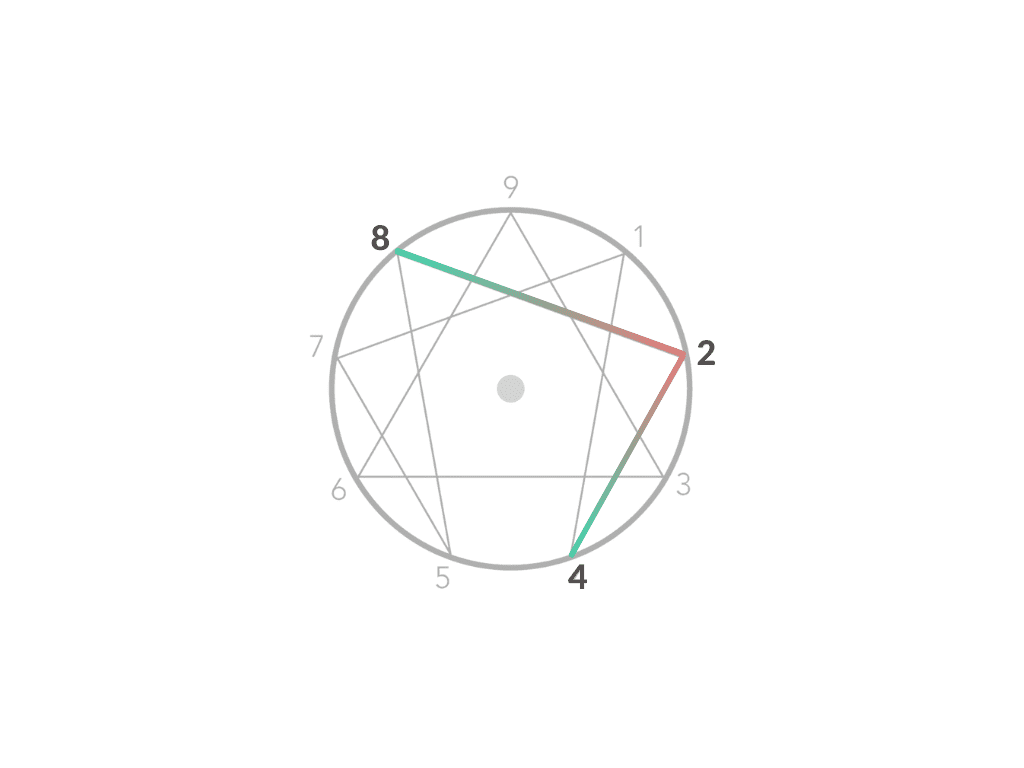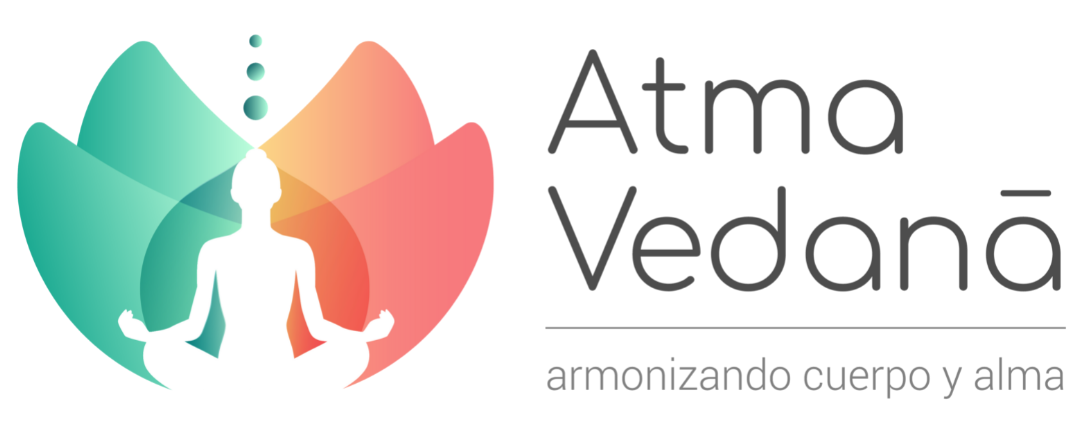Enneatype 2
Birth injury refers to an emotional or psychological wound experienced in the first years of life, particularly during early childhood. This wound originates in family experiences and dynamics and can leave a deep mark on a person’s personality and the way they relate to themselves and others.
Birth wound: Feeling of not being worthy of love.
The birth wound of enneatype 2, also known as “The Helper” or “The Giver”, is related to the feeling of having been abandoned or not being loved unconditionally from birth. Individuals of this enneatype may have experienced a lack of attention or emotional care during their childhood, which generates a deep emotional wound.
This wound can lead to a constant need to be loved and accepted by others. Type 2s may seek external approval and love excessively, often sacrificing their own needs and desires to please others. They feel a strong desire to be needed and valued for their ability to help and care for others.
Shadow (weaknesses)
In imbalance, Enneatype 2’s are known for their tendency to manifest behaviors of over-involvement in the lives of others, constantly seeking external validation and recognition. They may fall into patterns of emotional manipulation and excessive self-sacrifice, neglecting their own needs and well-being. In addition, they may experience emotional dependency and have difficulty setting healthy boundaries in their relationships.
Ego Characteristics: Indulgent, Manipulative, Victimizer, Flatterer, Jealous
Idealizes: The Helper idealizes being needed and loved for his generosity and sacrifice on behalf of others.
Desires: Desires to be appreciated, loved and valued for his or her contribution and care for others.
Avoids: He avoids feeling insignificant or despised, as well as the possibility of being rejected or abandoned.
Greatest fear: The Helper’s greatest fear is being rejected or unloved, which can generate a feeling of worthlessness and being discarded by others.
Defense Mechanism: The Helper’s defense mechanism is denial of his or her own needs and desires, focusing on satisfying those of others to gain acceptance and love.
Resists: Resists acknowledging their own needs and asking for help, as they tend to be more focused on the needs of others.
Self-image: The Helper sees themselves as a generous, compassionate, and helpful person who cares about the welfare of others.
How he/she manipulates: The Helper manipulates through emotional manipulation and fulfillment of others’ needs to gain recognition and affection.
Personality Disorder (when highly imbalanced): Dependent.
Light (qualities)
In balance, Enneatypes 2 are known for their generosity, empathy and ability to provide support and care for others. They are warm, compassionate and attentive to the emotional needs of others. They have a natural ability to connect with people and offer help in a selfless way. Balanced Enneatype 2s are also able to set healthy boundaries in their relationships, taking care of both themselves and others. They are efficient, reliable collaborators and strive to create harmony and well-being in their environment. Overall, their altruism and commitment to caring and service make Enneatype 2s a valuable resource to those around them.Essential C
Essential characteristics: Welcoming, Altruistic, Kind, Caring, Supportive.
Essential Quality: As Enneatype 2 they have a deep connection and capacity to give and receive love. They are caring, compassionate and genuinely concerned about the well-being of others. Their main focus is to provide emotional support and help meet the needs of those around them.
Life Learning: Love yourself and become your own best friend.
Psychological challenge: How will they love me if I am selfish and prioritize myself?
Deep connection: They have the ability to establish deep connections with people, creating close and meaningful relationships.
Drive for improvement: Enneatype 2 can learn to take care of themselves while still being a source of support and help to others. This involves finding a balance between giving and receiving, learning to accept support from others, and cultivating a healthy and balanced relationship with themselves. In doing so, they can experience deeper personal growth and greater satisfaction in their relationships and life in general.
Altruism: Enneatype 2s have a genuine desire to help others and strive to make those around them feel loved and valued.
Why know your ego
By knowing their ego, Enneatype 2s can identify when they are overstepping their own boundaries or sacrificing their own needs for the sake of others. This gives them the opportunity to set healthy boundaries and find a balance between caring for others and caring for themselves.
Triad
In the Enneagram, the “triad” refers to one of the fundamental aspects of the enneatype that are classified into three main groups. These clusters represent three centers of intelligence or predominant approaches to processing information and coping with the world. Each of these clusters is associated with three specific personality types.
Emotional triad: Enneatype 2, also known as the Helper or Lover, belongs to the Heart or Emotion triad. The Heart triad is characterized by having a stronger connection to emotions and being motivated by the need to be loved, appreciated and valued. Enneatypes in this triad tend to be more focused on relationships and managing emotions.
Centering: With qualities of 4 they may also have a greater ability to set healthy boundaries and recognize their own needs, as well as to accept and love themselves as they are. They are able to connect with their authenticity and express their uniqueness in a balanced way.
Decentering: If they decenter toward enneatype 8, they may show more dominant and controlling characteristics. They may become more focused on power and getting what they want, even at the expense of others. They may feel the need to control situations and people around them in order to gain the security and recognition they crave.

Enneatype 2
Characteristics
Message lost in childhood
The missing message for Enneatype 2 is that they deserve love and appreciation simply for being themselves, without having to constantly provide for others.
Triad
Enneatype 2 belongs to the Heart/Feeling Triad. The emotional triad includes enneatypes 2, 3 and 4, and is characterized by having an intimate connection with emotions and a strong influence of feelings in their way of perceiving and relating to the world.
Fixing
The fixation of Enneatype 2 is Flattery, seeking to gain the favor and attention of others through their service and care.
Passion
The passion of Enneatype 2 is Pride, which manifests as a need to be needed and appreciated by others.
What is your focus
Principal motivation
Unconscious message received during childhood

EnNeatYpE 2
Wings
Enneatype 2 may have wings that refer to adjacent numbers on the enneatype circle, i.e., enneatype 1 and enneatype 3. Wings are subtypes that influence the personality and behavior of the main enneatype, in this case, Enneatype 2.
Enneotype 2 wing with tendency to enneotype 1:
may exhibit more perfection and correctness oriented traits. Twos with wing One may be more disciplined and self-demanding in their quest to help others. They may have a strong sense of ethics and fairness, and may be more organized and structured in their approach.
Enneotype 2 wing with tendency to enneotype 3:
may exhibit more success and image-oriented traits. Twos with a Three wing may be more energetic and achievement-oriented. They may have a greater ability to adapt to different situations and may show a greater concern for their image and how they are perceived by others.

